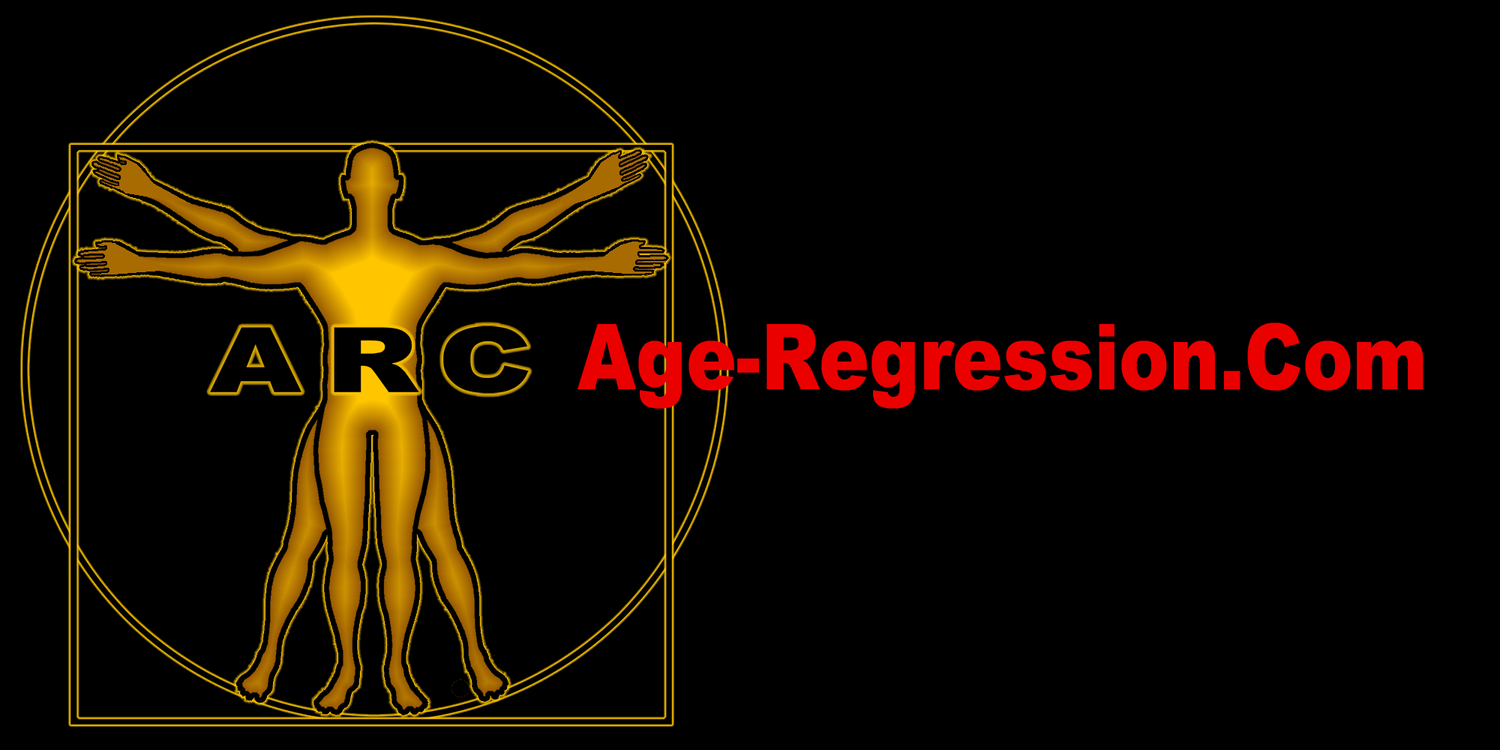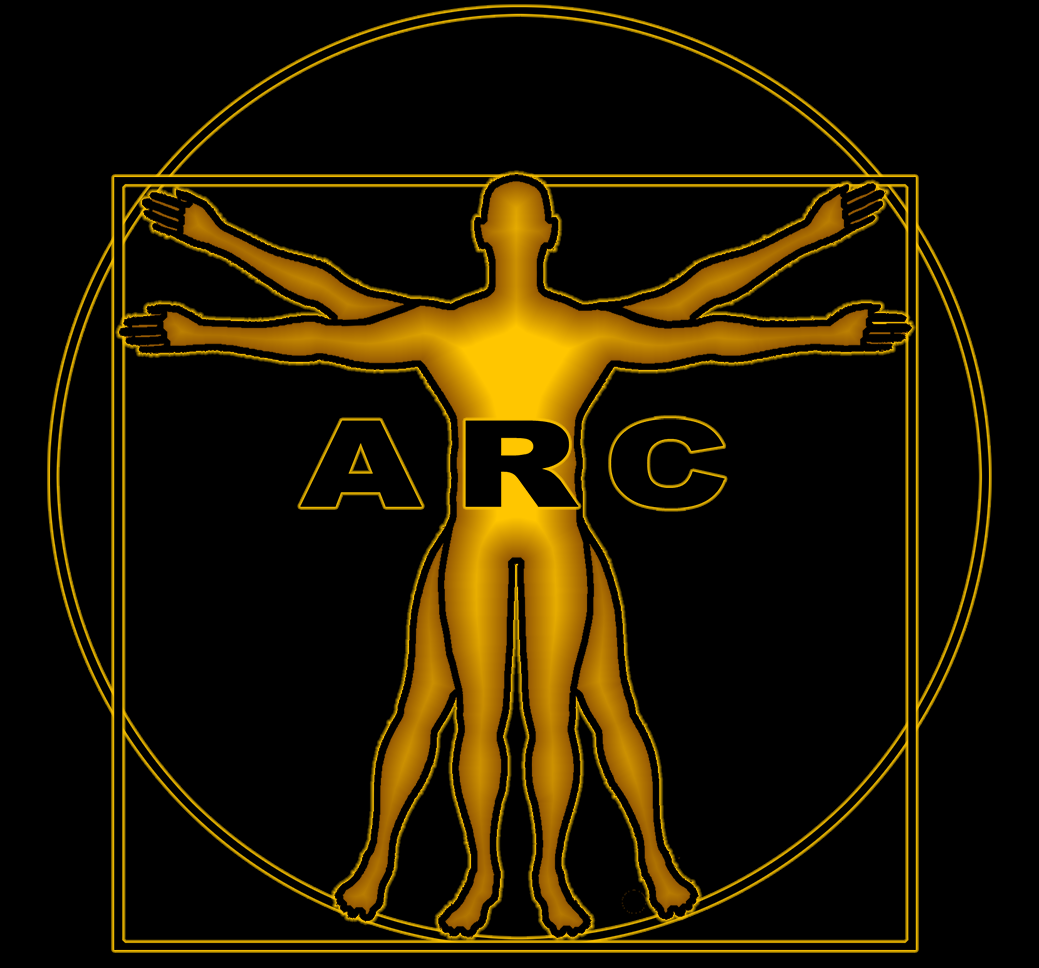
URIDINE

(WikiLinks: Uridine) - (NLM HUB: Uridine) - (Last Revision: 5/30/2022)
⫸ Uridine, is a pyrimidine nucleoside, which can rejuvenate aged human stem cells and promote regeneration of various tissues in vivo. These observations will open new avenues for metabolic intervention in tissue repair and regeneration. Uridine, which we found to be more abundant in the plasma from young individuals than that from old individuals (Fig. 3c) uridine concentration in the plasma of young (19–25 years old, n = 28) and aged (75–92 years old, n = 21) individuals. Uridine as a pro-regenerative metabolite that promoted human stem cell activity and enhanced regeneration in multiple tissues in mammals.
Click [√] to Enlarge
When we supplemented the culture medium with uridine, we found that uridine treatment was sufficient to reprogram the prematurely and physiologically aged stem cell models (WS/HGPS (Hutchinson-Gilford progeria syndrome)-hMSCs and hPMSCs) into a younger state with a higher regenerative ability.
The extent of tissue repair after injury is limited by organismal intrinsic regenerative capacity[46]. Next, we asked whether uridine supplementation could promote regeneration or tissue repair in multiple tissues, including skeletal muscle, heart, liver, skin, and articular cartilage (Fig. 4a). Relative to vehicle-treated mice, we observed that uridine treatment promoted tissue repair in both muscular and cardiac injury models (Figs. 4b–j, 5a–f, and Supplementary Fig. S5a–d). For instance, uridine treatment facilitated muscle tissue regeneration, reduced fibrotic or erosion area, decreased proinflammatory cytokine levels, and endowed treated mice with higher grip strength and longer running distance (Fig. 4b–g). ⫷ [1]




Uridine is a potent and quick acting antidepressant as demonstrated in this pediatric study. The graph on the right from a small (N of 7) study using 500 mg twice daily. Uridine was well tolerated by participants. The scale utilized by this graph is referred to as Children’s Depression Rating Scale-Revised (CDRS-R). It demonstrates a rapid and sustained reduction in the depression of these participants while taking uridine for the duration of this short six week study. The authors report results of what they believe to be the first study of uridine as a treatment for depressed adolescents with bipolar disorder. Open-label uridine 500 mg twice daily for 6 weeks was associated with a mean decrease in CDRS-R raw score of 35.6, representing a reduction of 54% compared with baseline scores at study entry. [2]
Depression is not a direct indication of age regression potential, but there does appear to be a connection between mitochondria health and depression. By extension there is of course a connection between mitochondria health and aging. We included this reference because there is not a lot of use or dosing data on the utilization of uridine.
Click [√] to Enlarge

🔷 ? 🔷


Interventional Opportunities

Supplementation of uridine seems to be in the 500-1,000mg range, with the lone human study using the higher end of this range. It is recommended to take uridine with food out of prudency, but this has not been noted to be an absolute requirement. The source of the information is Examine.
Examine/Uridine :has a good webpage on Uridine including benefits of supplementation and nutritional sources of uridine.

🔷 ? 🔷

🔷 ? 🔷

🔷 ? 🔷

🔷 ? 🔷

🔷 ? 🔷







